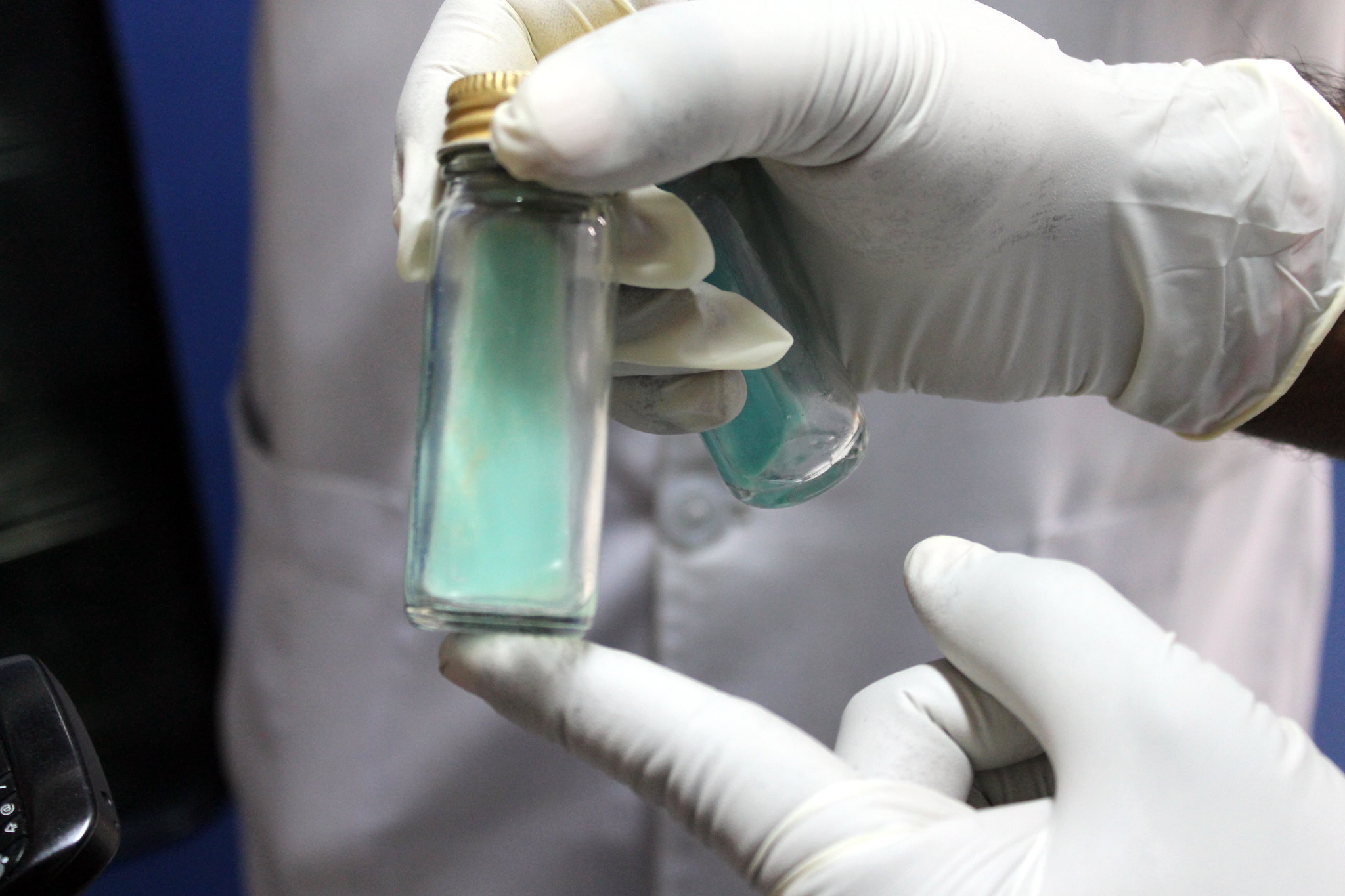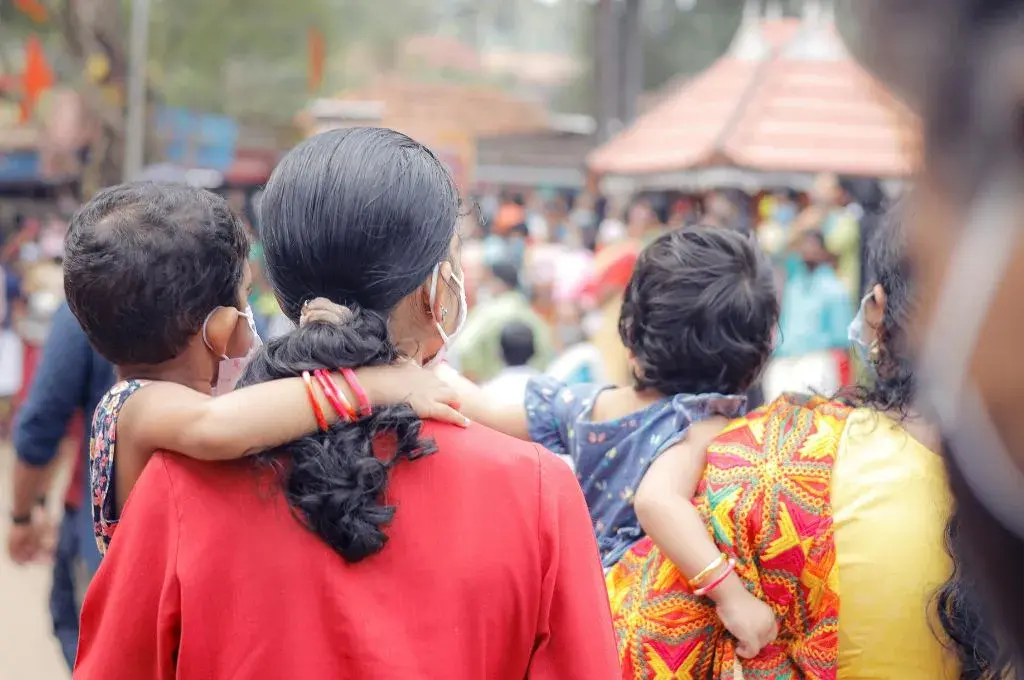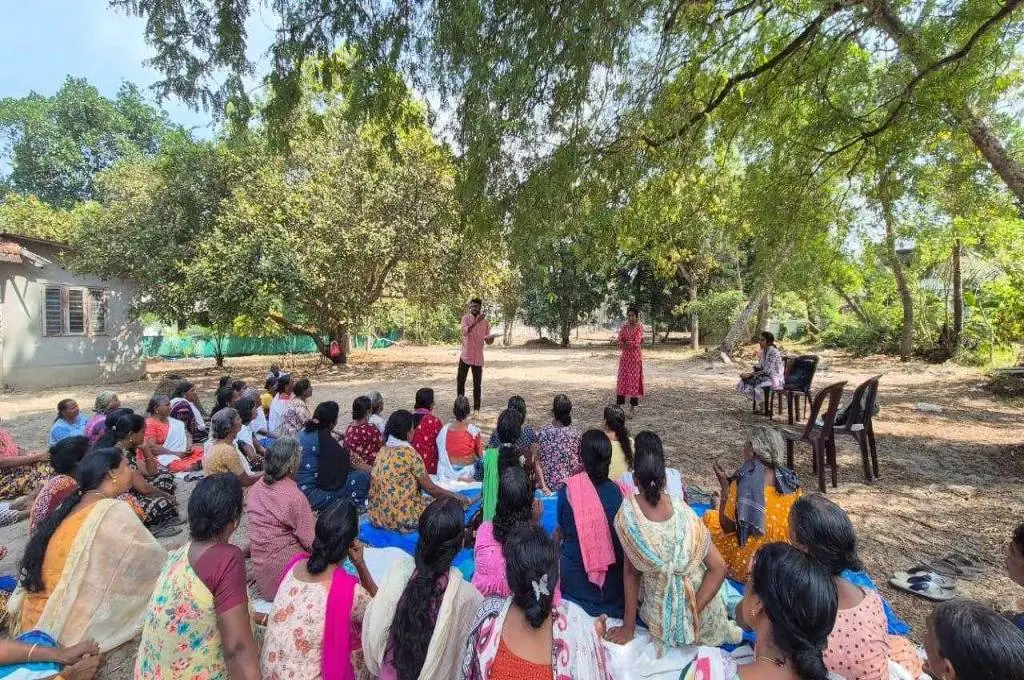Tuberculosis (TB) cases in India declined by 1.8% from 2.74 million in 2017 to 2.69 million in 2018, but the rate of decline is not enough to meet India’s target of eliminating TB—a disease that killed one in six of those infected in 2018—by 2025, according to the World Health Organisation’s (WHO) 2019 Global TB report.
The rate of decline in India (1.8% per year) is comparable to the global decline at 2% per year, but given that India has a large number of TB cases, it needs to reduce TB cases by 10% every year to meet its TB elimination target, five years before the global target of 2030.
India accounts for 27% of the 10 million TB cases globally—the highest in the world.
India accounts for 27% of the 10 million TB cases globally—the highest in the world and three times the share of TB cases in China, the country with the second-most TB cases (9%).

An estimated 550,000 TB cases were not registered with the Indian government, and could have been undiagnosed or untreated. About 56% of drug-resistant TB cases—a more virulent and harder-to-treat variant of regular TB in which the TB bacteria becomes resistant to some TB drugs—were undiagnosed. This makes India’s fight against this infectious disease harder, as those with untreated TB can infect others.
Related article: Health care is an essential human right, and so is a proper diagnosis
‘Missing’ cases
Globally, 7 million new cases were reported out of the estimated 10 million cases, which means 3 million were “missing” from government records. This gap is due to a combination of underreporting of detected cases and underdiagnosis—which means that people with TB either do not access healthcare or are not diagnosed when they do.
The Indian government had made notification—registration of TB patients—mandatory for private health providers since 2012. In 2018, the government said chemists, laboratories and doctors could face jail if they failed to notify TB patients to the government, as IndiaSpend reported in March 2018.
Notifications of new cases in India rose from 1.2 million to 2.15 million between 2013 and 2018, an increase of 60%, found the Global TB report. In 2018, about 537,836 cases or, 26.8% of all TB cases notified, were reported by the private sector, an increase of 35% compared to 2017, according to the government’s 2019 TB report.

About 56% of drug-resistant TB cases were undiagnosed, making India’s fight against this infectious disease harder, as those with untreated TB can infect others.
About 550,000 (25% of estimated cases), as we said, were missing from government records. The number of cases not in government records could be higher than these estimates, as about 60% of patients seek treatment in the private sector, according to various studies, and only 25% cases notified were from the private sector in 2018.
These missing cases could be unreported, undiagnosed or untreated. TB is an infected disease and spreads if left untreated, as we said.
Source: Global Tuberculosis Report, 2019, India TB Report 2014, 2015, 2016, 2017, 2018, 2019
Ten countries accounted for about 80% of the gap between reported and estimated cases. The most missing cases were in India (25%) followed by Nigeria (12%), Indonesia (10%) and the Philippines (8%). “In these countries in particular, intensified efforts are required to improve reporting of detected TB cases and access to diagnosis and treatment,” the Global TB report said.
Related article: Ayushman Bharat trivialises India’s quest for universal health care
Quality of patient care
Notification of TB cases does not mean much, said Chapal Mehra, convenor of Survivors Against TB, a patient advocacy group. While we can see that the reach and quantity of TB services has expanded, there isn’t any improvement in TB treatment quality, he said.
“It is one thing to detect and put patients on treatment, another to ensure if the treatment is the correct one,” he said, adding that it wasn’t clear whether patient outcomes were improving.
While the reach and quantity of TB services has expanded, there isn’t any improvement in TB treatment quality.
In the public sector, the treatment success rate for patients was 79% while it was 35% in the private sector, according to the 2019 India TB report. Treatment success rate by the government’s definition means completion of treatment, even though the Standard of TB Care says that a patient should be tested six months and 12 months after the treatment is complete and then classified as treated, as IndiaSpend reported in November 2016.
Partially-treated TB patients may infect others, or result in drug-resistant TB, at least partially nullifying India’s attempts to eliminate TB.
IndiaSpend sought response from K S Sachdeva, Additional Director General of the Central TB division, on October 18, 2019. We will update the story if and when we get a response.
Many drug-resistant TB cases
India had an estimated 130,000 drug-resistant TB cases, 27% of the world’s cases, and double the number of cases in China, the country with the second-most cases of TB.
In 2018, India diagnosed 44% (58,347) of the estimated multidrug-resistant cases (MDR-TB)—in which the TB bacteria is resistant to at least two of the main anti-TB drugs. Of these, 46,569 (35.8% of estimated cases) were put on treatment, the Global TB report said. This leaves 56% of estimated MDR-TB patients undiagnosed and 64% untreated.
India and China accounted for 43% of the gap between the estimated incidence of MDR-TB and its treatment.
India and China accounted for 43% of the gap between the estimated incidence of MDR-TB and its treatment.
One of the barriers to access to treatment of drug-resistant TB is that management of TB is centralised and over-reliant on hospitals, the Global TB report said. “Greater decentralization of services and expansion of ambulatory models of care are needed.”
In 2018, more patients (46% of new TB patients) were tested for resistance to rifampicin—one of the main anti-TB drugs—when compared to the 32% tested in 2017. About 3% of new TB patients and 14% of previously treated TB patients were detected with MDR-TB.
India has had low success in treating MDR-TB. The success rate for MDR-TB treatment was 48% in India as compared to 56% globally.
The success rate is “unacceptably low”, and a patient-centric model of care will improve these figures, the Global TB report said.

Treatment for patients of drug-resistant TB at AIIMS New Delhi, India | CNS Images, Flickr
Old treatment guidelines
In December 2018, the WHO released updated guidelines on the treatment of drug-resistant TB that said that MDR-TB patients can be treated with fully oral drug regimens including bedaquiline and delamanid, the first new TB drugs found after 40 years.
Still, less than 5% of eligible drug-resistant TB patients in India get bedaquiline, with 2,827 treated with the drug in 2018, according to the 2019 India TB report. Only 41 patients received delamanid.
Related article: The key to universal health care
India has approved bedaquiline only for pre-extensively drug-resistant (pre-XDR) TB cases—cases with resistance to the two main anti-TB drugs rifampicin and isoniazid and second-line TB drugs called fluoroquinolones, and for extensively drug-resistant (XDR) TB cases—resistant to both fluoroquinolones and second-line injectables.
Since 2016, India has had a bedaquiline conditional access programme, through which the drug was available in select government centres. The programme was then scaled up across the country in September 2019. Delamanid is available through the conditional access programme in seven states.
Of 60,000 MDR-TB patients tested for resistance to second-line TB drugs, 30% were resistant to fluoroquinolone (pre-XDR), according to the 2019 India TB report.
India is yet to update its guidelines with the new WHO recommendation.
“Despite that, only a fraction received bedaquiline or delamanid,” said Leena Meghaney, South Asia Head of the Access Campaign of the non-profit, Doctors Without Borders. “In a context like India with high fluoroquinolone resistance, many drug-resistance TB patients require bedaquiline and delamanid together to build an effective regimen.”
India is yet to update its guidelines with the new WHO recommendation allowing bedaquiline to be given to MDR-TB patients. The number of patients on these drugs should increase once India’s national anti-TB programme, known as the Revised National Tuberculosis Control Programme, updates its policy on treatment of drug-resistant TB, the 2019 government TB report said.
India is still dependent on donations to provide access to bedaquiline and delamanid—20,000 courses of bedaquiline were donated by USAID, the American aid agency, and 400 courses of delamanid by Otsuka, a Japanese pharmaceutical company that manufactures the drug.
In January 2019, IndiaSpend reported how Vaishali Shah, an XDR-TB patient, had to write to the prime minister’s office to get access to bedaquiline.
This story was originally published on HealthCheck (powered by IndiaSpend—a data-driven, public-interest journalism nonprofit).





